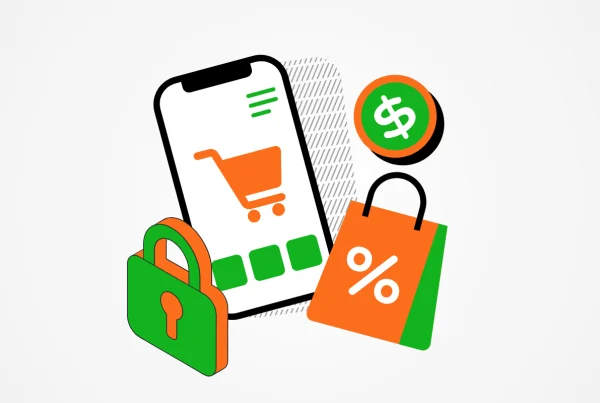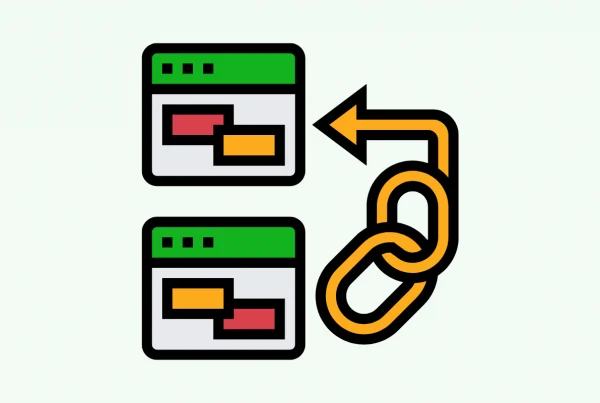Blog article
How to optimize your landing pages for paid search
Estimated reading time: 6 minutes
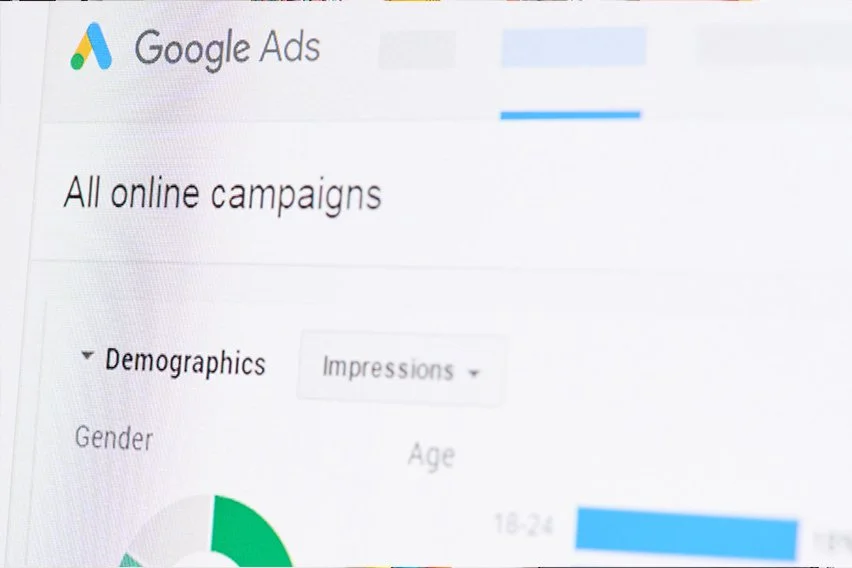
Unlike SEO, where leads are effectively “free” after a long enough time, every paid search lead costs you money. So you have to make sure your landing pages for paid search are converting as highly as possible—otherwise, you’ll just be burning through your cash.
To avoid wasting money on paid search ads, you’ll need to optimize your eCommerce landing page.
Below, we’ll go over some paid search landing page best practices. This isn’t an exhaustive list, but these are some of the top tips you should follow to convert more of those leads you’re paying for.
1. Do your keyword research
Everyone knows that keyword research is vital to SEO, but you also have to pick the right keywords for paid search ads.
This comes down to knowing your customer, what they look for, and how they look for it. Once you do your SEA keyword research, you know what to include in your ad, and you also know what kinds of angles to take on your landing page copy.
SEA keywords may cost money, but you can see the results instantly. That way, you can adjust on the fly as necessary instead of waiting weeks or months.
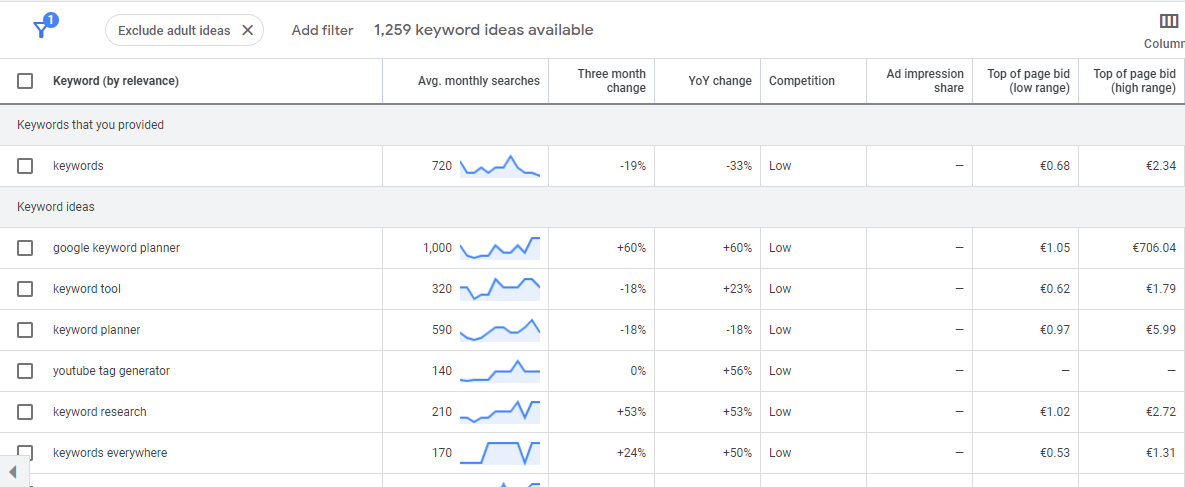
2. Keep things simple
Remember: The goal of a landing page is to drive the reader toward your CTA.
You have to keep your landing page simple if you want to grab and hold a potential customer’s attention. Too much on the page can distract the prospect and make them spend more time on elements that don’t push them to action.
So keep things as minimalist as possible without giving up good copy and design.
This depends a bit on context. Some landing pages need nothing more than a headline, CTA button, and hero image behind both of these.
Others might require a few more elements, such as a subheadline or a short paragraph elaborating on the reader’s problem and the benefits of the product.
Ultimately, the level of simplicity depends on your brand and product. Constantly testing and tweaking will help you see how simple you can get.
This goes for your CTA buttons too. The CTA button should be as clear as possible about what it does, so avoid complex language. Phrases like “Download Now” or “Join Today” are as complicated as you should get in most cases.
3. Implement scarcity
When buyers know they can’t have something, they want it more.
Thus, you should implement scarcity tactics on your landing page if they make sense.
For example, you might have only 10 of the item you’re selling left in stock. Add a feature to your landing page that says so. Customers will scramble to buy, knowing you could run out at any second.
You can also use urgency, which is the “limited time” technique.
For instance, you might run a temporary discount on the product you’re selling with your landing page. Advertise that on the page—customers will want to take advantage of that discount before it expires.
Now, don’t make up false scarcity or urgency if it isn’t true. Only say you have 10 of Product X left if you truly do. If customers find out you were dishonest, it can damage your brand.
4. Align your paid search ads with your landing page
Congruence is key in marketing and sales. Inconsistencies can distract the customer, make them feel like they’re in the wrong place, and, in some worse cases, give them the impression that they were lied to.
This is especially true with paid ads, which customers may trust a bit less than organic results.
Thus, if you have a high bounce rate on your landing page, a lack of agreement between your paid search ad and the landing page copy may be to blame.
Make sure that you use the same copy angle and similar keywords across your ads and landing page.
Say you sell a face cream that gets rid of pimples on the face. Your ad copy might be something like “Get rid of zits for good.”
Then, on the landing page, you’d want your headline to be something like “Ditch zits for good with XYZ face cream.” Adding some before and after pictures in this example would further ensure alignment between the ad and the landing page.
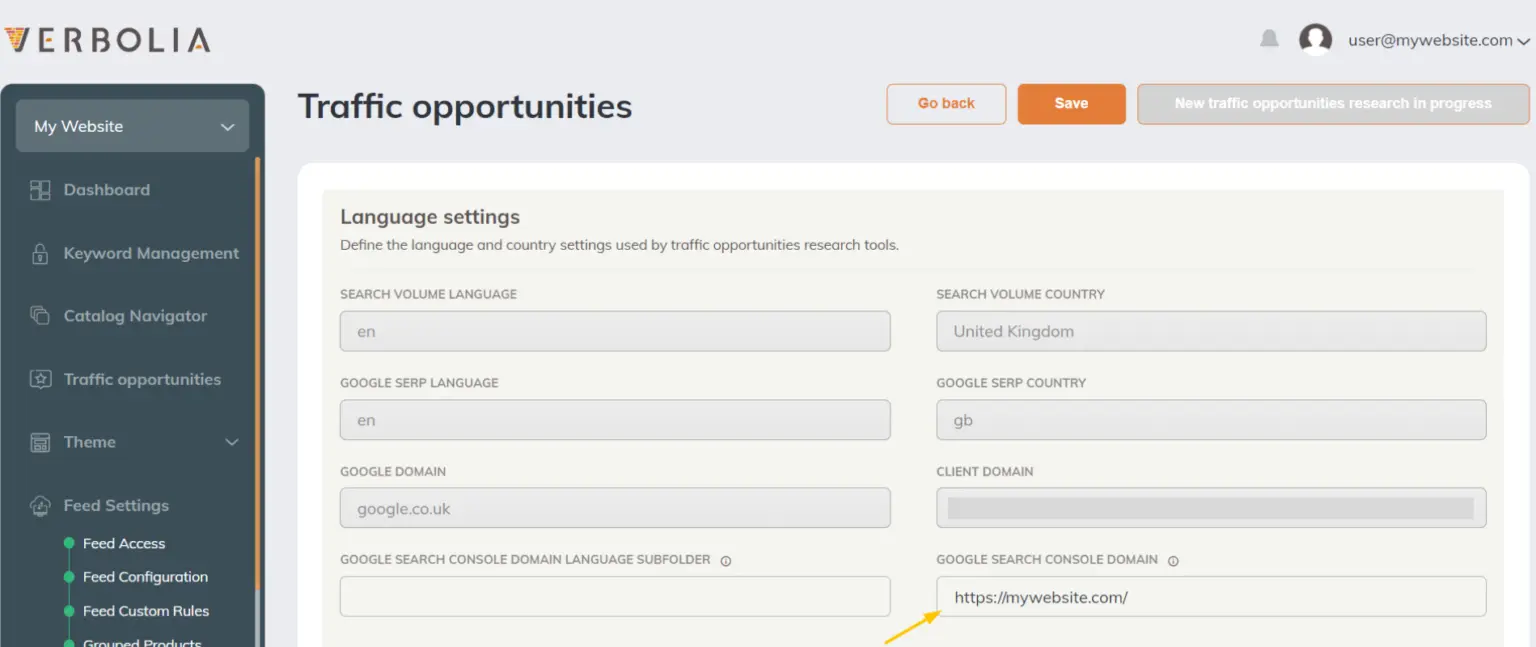
5. A/B test
Related to the first tip, you should always A/B test your landing page. This means running two sets of landing pages—each with slight changes at key points you’d like to test—and see which converts better.
For example, you might run two of the same landing pages, with only a difference in the headline. Use the one that converts more.
Then, rinse and repeat with another isolated element of your landing page.
What’s great about PPC is, well, you only pay when someone clicks. That means you can test ads first to see what does best, then quickly adjust your landing page to align with those ads to keep costs low.
Convert more paid leads
Above are just a few paid search landing page best practices. There’s tons more you can do, and the optimization never ends—you should always tweak your landing pages to try and squeeze more out of your PPC dollars.
An easy way to do all that and save time in the process is to use an eCommerce landing page generator tool like Verbolia.
All you do is import your list of SEA keywords. You then get to customize the look and feel of your Verbolia landing page with templates and custom styling tools. Every page is blazing fast—pleasing your customers—and you can monitor your analytics with an integrated reporting suite.
With Verbolia, you can scale your eCommerce landing page creation to raise conversions and lower your customer acquisition cost. Schedule a free, personalized demo today to see how it works.
About The Author
How can Verbolia help your e-commerce platform.
